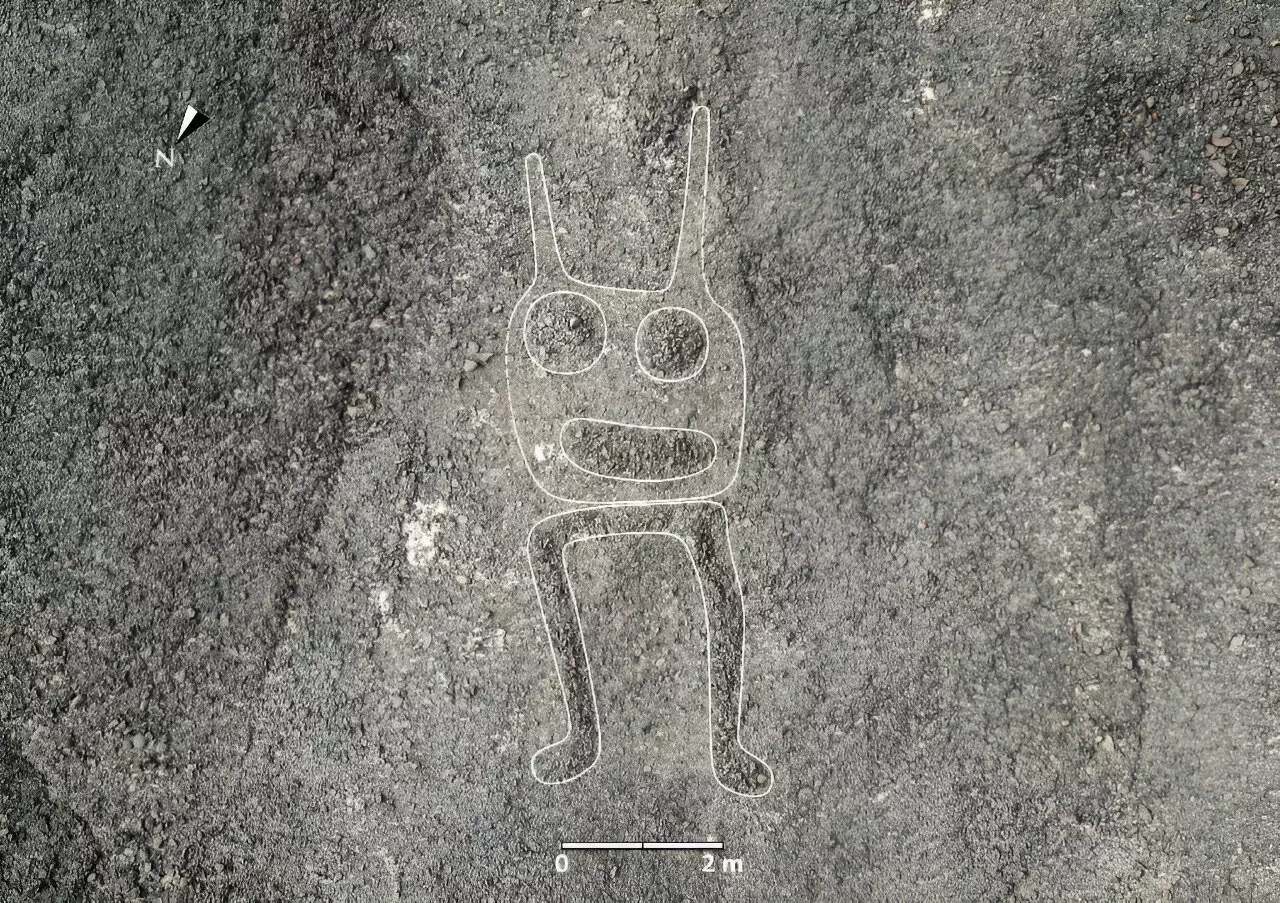In an extraordinary leap for archaeological research, Japanese scientists have harnessed the power of artificial intelligence (AI) to unveil 303 new geoglyphs in Peru’s enigmatic Nazca desert, effectively doubling the number of known ancient etchings in the region. The geoglyphs, which date back approximately 2,000 years to the pre-Inca Nazca civilization, depict a diverse array of subjects including animals, abstract beings, and geometric patterns. This breakthrough was made possible through a collaboration between Yamagata University’s Nazca Institute and IBM’s research division, highlighting the emerging synergy between technology and traditional archaeology.
Historically, the process of discovering and cataloging these intriguing figures on the desert floor involved laborious and time-consuming methods. Archaeologists relied on high-resolution imaging and extensive field surveys, which could take years and often led to overlooked findings. However, the introduction of AI technology has transformed this paradigm. By analyzing vast geospatial datasets produced by aerial surveys, researchers achieved unprecedented speed and accuracy in identifying geoglyphs. Masato Sakai, an archaeologist at Yamagata University, noted that this advancement allowed researchers to map geoglyph distributions more precisely than ever before.
The significance of this discovery is underscored by the historical context of the Nazca lines, which have long captivated both scientists and tourists. Initially discovered in 1927, the lines have been the subject of extensive study, with 430 figurative geoglyphs documented over nearly a century. In stark contrast, the deployment of AI technology has enabled the identification of 303 new figures within just six months, showcasing AI’s potential to accelerate archaeological discoveries at known sites. Among the newly identified geoglyphs are both large linear designs resembling wild animals and smaller representations of abstract humanoids, reflecting the cultural richness of the Nazca civilization.
Despite the wealth of knowledge revealed by these new findings, the motivations behind the creation of the Nazca lines remain shrouded in mystery. Scholars speculate about the possible astrological, religious, or ceremonial significance of the geoglyphs, but definitive answers elude researchers. The Nazca civilization, which thrived in southwestern Peru from around 200 BC to 700 AD, has left an indelible mark on the landscape and culture of Peru, but the intricacies of their beliefs and intentions continue to provoke debate among anthropologists and historians alike.
The implications of using AI in archaeological research extend well beyond the Nazca desert. As technology continues to evolve, the potential for further discoveries at ancient sites increases dramatically. This development not only encourages a reevaluation of existing archaeological standards but also fosters a new wave of interdisciplinary collaboration. As traditional methods merge with technological innovations, the prospect of uncovering further mysteries and insights about ancient civilizations becomes increasingly tangible, paving the way for a deeper understanding of human history. The collaboration between Yamagata University and IBM stands as a potent reminder of how addressing the past can be enriched by the advancements of the present.

